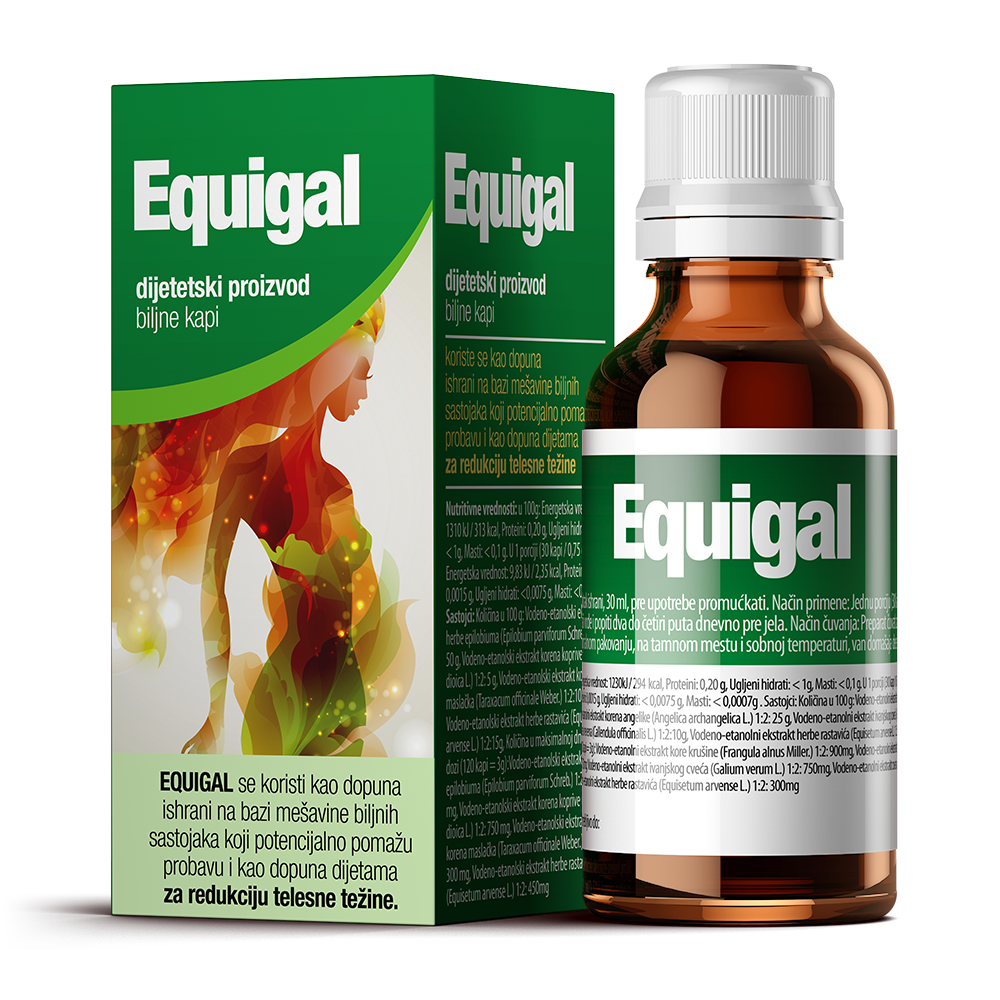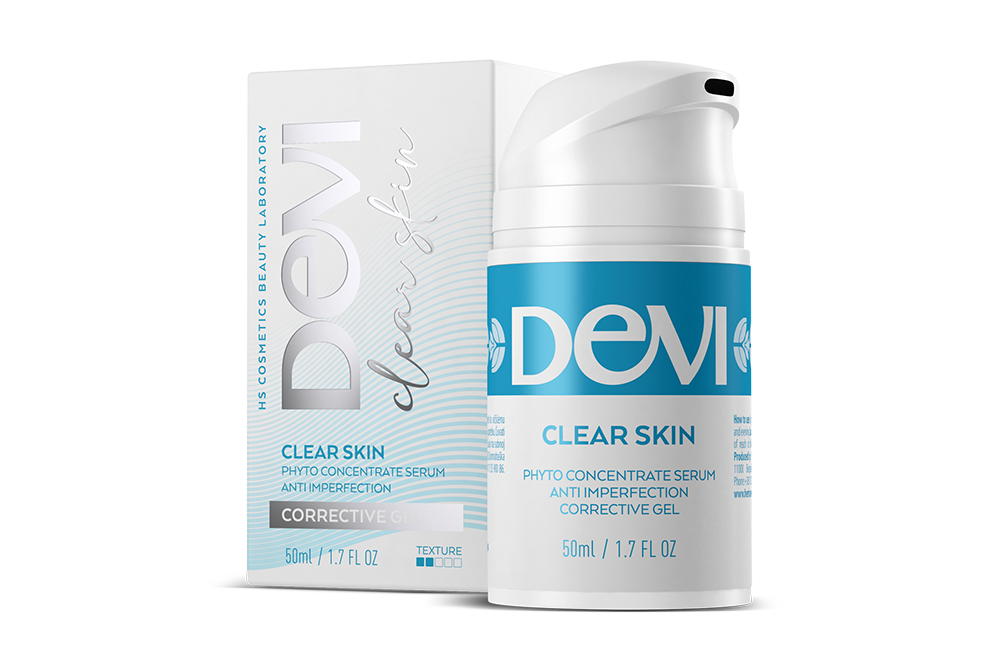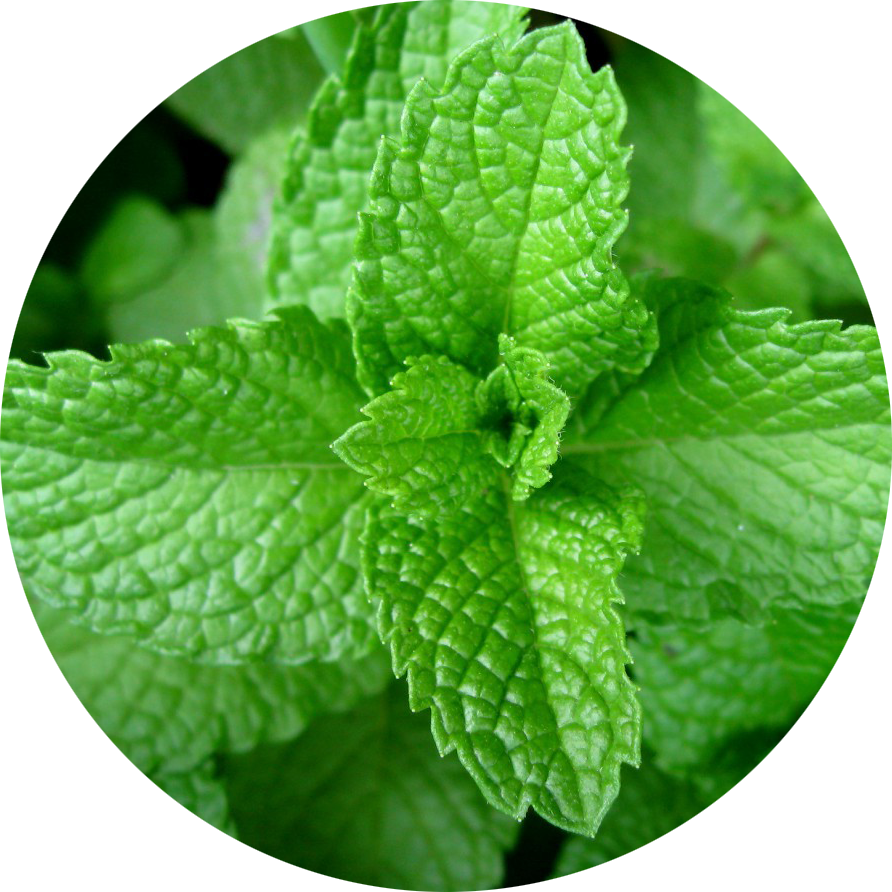(Mentha piperita)
Each age had its own soap operas, and in ancient times these were myths about deities. There was intrigue, happy and unhappy love, infidelity and revenge. A typical example is that of the famous couple, Hades and Persephone. Hades is known to us today as the King of the Underworld, the world of the dead; in the times of later antiquity he was named Pluto. His brothers, Zeus – god of the sky and thunder, and Poseidon – god of the sea, were attractive and desirable. However, Hades was not – goddesses did not fight over him. That is why he had to kidnap the one he liked, Persephone. But that is not the end of the story. Although he loved Persephone, the lustful Hades had no peace after the beautiful nymph Minthe had caught his eye. Persephone became furious at Hades’ infidelity and as punishment turned Minthe into a plant. Hades, saddened yet unable to remove Persephone’s spell, alleviated it by giving Minthe an intoxicating scent that would spread whenever someone walked on her green leaves. Minthe has become Mentha piperita, a plant that we all have at home – mint.
Symbolically, Hades had his own temple at the foot of Minthi, a mountain in Elis, in the western Peloponnese. In Rome, Minthe was a symbol of metamorphosis of beauty. But, as Minthe sailed from myth into reality, into the fragrant and beneficial plant, it became an indispensable part of our lives.
SALVATION FOR THE STOMACH
Mint has been used since prehistoric times; from ancient Egyptians, through Hippocrates, Dioscorides, Pliny, Arab healers and Serbian herbalists, all the way to modern times. Whether used as a herbal tea or in chewing gums it has become indispensable. The classification of genus Mentha contains many species, but the ones most important to us are wild mint, Mentha spicata, better known as spearmint used in toothpastes and chewing gums, and Mentha piperita, also known as peppermint. It was as early as in the 14th century that mint was first used in a toothpaste; in the 17th century, the famous English herbalist, Nicholas Culpeper, used its healing properties to treat over 40 ailments. It is no accident that in Serbia the word nana is used for both the plant and as a term of endearment for granny, who is always there when we are in pain, to comfort us with her warmth and gentleness.
No matter whether our granny prepares mint tea for us or pharmacists process it in laboratories, what we know today is that this perennial plant has exceptional antimicrobial properties and a very beneficial effect on the gastrointestinal tract and the nervous system. This medicinal plant is a source of manganese, copper, magnesium, calcium, iron, potassium and a treasure trove of vitamins C, A, B6, E, K, riboflavin and folate. Mint also contains antioxidant compounds such as perillyl alcohol that can stop the growth of tumours. What works wonders in mint are its components pulegone, menthone, isomentone, menthol, borneol and piperitenone. Even today, it is not only grandmother’s medicine, but also a scientifically proven fact that mint is great for the stomach. Menthol has the ability to relax the muscles of our intestines and thus alleviate the symptoms of irritable bowel syndrome, which has been clinically proven. Mint has antibacterial, antiseptic, antiviral, antispasmodic and analgesic properties.
WIDE RANGE OF ACTIONS
The European Medicines Agency has issued a long list of its medicinal properties. This medicinal plant:
- relieves digestive problems, cramps, dyspepsia (indigestion), intestinal irritation, heartburn, belching and bloating
- eliminates cramps caused by biliary disorders
- helps with irritable bowel syndrome: it has a antispasmodic effect – it relieves cramps, abdominal pain, bloating, constipation and diarrhoea
- relieves cough, cold symptoms and irritations caused by inflammation of mucous membranes of the upper respiratory system, cleans secretions from the lungs
- reduces rheumatic and muscle pain (myalgia), improves circulation
- relieves neuralgia, including tension headaches and migraines
- relieves skin irritations and hives
- acts as an antiseptic and relieves pain and discomfort in herpes zoster
- has antifungal properties, and is proven to inhibit the spread of Candida albicans and C. dubliniensis strains
- relieves toothache and tooth sensitivity
- has a calming effect, calms palpitations, eliminates nervousness and insomnia
The effect of mint is so powerful that, in breast cancer patients, it can soothe serious consequences of chemotherapy, such as nausea, vomiting and eating disorders.
HEALING SCENT OF MINT
The wonderful scent that Hades gifted to the nymph Minthe is really powerful: a study that dealt with the cognitive effects of mint essential oil has confirmed that mint improves memory and alertness and reduces fatigue, anxiety and frustration. The same oil helps us to alleviate the symptoms of colds through inhalation; we are all fully aware that menthol candy is ideal to hide bad breath.
Apart from its healing properties, mint can also be used in cooking, it can be added to lemonades, sauces, salads and cocktails; we can wash our hair with mint leaf tea to strengthen it and give it shine; we can add mint leaves to our bath for relaxation and better sleep. Dried sprigs of mint and lavender can be used to expel moths from our wardrobe.
The beneficial properties of mint for the digestive system, its effectiveness in treating distention, bloating, lazy intestines and other digestive disorders are the reason why this plant is part of Equigal. This completely natural preparation based on medicinal herbs facilitates digestion, eliminates constipation and gassiness, while encouraging the expulsion of excess water. That is why it is great to use it for spring and autumn detoxification. As it has the ability to reduce the feeling of hunger, it helps us reach our desired weight in a healthy way and also get rid of cellulite. And that is not all! In Clear Skin gel, mint helps unclog the pores and eliminate acne. If you don’t believe it, ask your granny!


